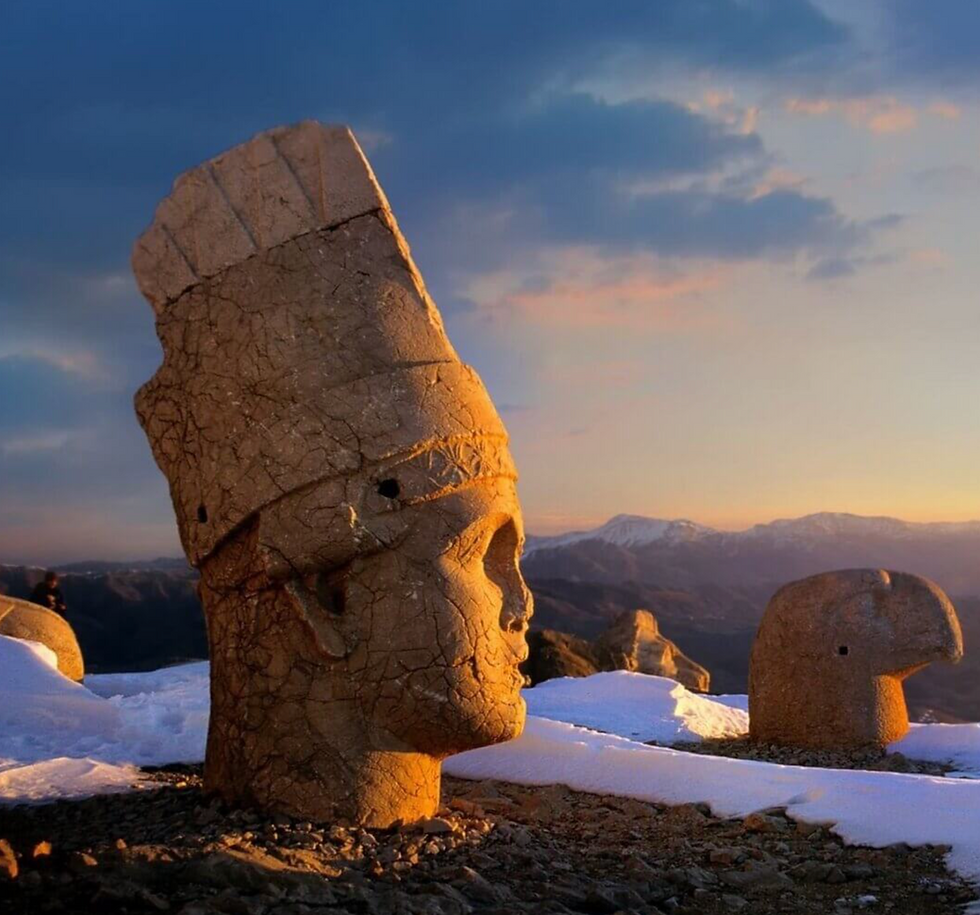Happy Halloween – the Peruvian Way with Engima, Peru
- Michelle Debay

- Oct 23, 2020
- 3 min read
So, do Peruvians actually celebrate Halloween? Yes and No!
On the 31st of October, Halloween is celebrated in the US and all over the world, and is also becoming more and more popular in Peru. In Peru however it is often called ´Noche de Bruja´. Peruvians do not normally plan out their night or their costumes for weeks and decorate their houses especially for the occasion – but they do celebrate two crucial elements of US Halloween in Peru: trick or treating and of course parties!
Locals and travelers celebrate together at a large range of parties with live music or DJs. At some parties, there might even be a costume contest - so you better be prepared! On the streets of Lima or Cusco you will see Peruvian kids dressed up but they don’t really go “trick-or-treating” like in the US. Peruvian kids will just sort of walk up to you with a little plastic pumpkin and say “Halloween” - to show off their costumes and collect candy all day.
Halloween is a mere backdrop to ´El Día de la Canción Criolla´ and ´Señor de los Milagros, celebrated on the same day in Peru. The really important day in Peru is actually the day after Halloween, November 1st.
For traditional Catholics, the day after Halloween is a celebration of ´All Saints Day´ (Día de Todos los Santos Vivos) and the ´Day of the Dead´ (Día de los Difuntos). On this day, the faithful pray for all of the saints who lived and to those who have been forgotten by time. But, like many rituals in the Andean region, this religious ceremony has taken an identity of its own, and blends Catholic beliefs with pre-Columbian traditions.
November 1st is when families go to graveyards to connect with their ancestors. People come from every corner of Peru to offer food and music and some even spend the night in hope of keeping the memory of their loved ones alive.
In the Andean culture death is a continuation of life, and a way to connect with dead people is through offerings. Typically in the Cusco region these offerings contain ‘Tanta W’awa’ or ‘baby bread’, a type of doll made from dough. To try some traditional ‘wawa bread’, ask your guide to bring you to the famous San Pedro Market in Cusco, where local women sell this quite unique-looking bread.
In Lima, the Day of the Dead spectacle takes over local cemeteries. The Cementerio de Nueva Esperanza, one of the largest cemeteries in the world, located in the Villa Maria del Triunfo district, is transformed into a party atmosphere akin to a street festival.
For anyone looking for the ´ghostly feel´ throughout the year, there are several places in Peru that we would consider to be quite spooky and not for the faint hearted, especially in Lima. At the Mercado de Brujas for example, you can learn about the traditional folk medicine that is widely practiced among the indigenous people of Peru, as well as Peruvian witchcraft. You will see items such as snake skins, traditional herbs and spices, black candies for curses and maybe even a smoothie blended with snake fat and frog.
If this isn´t enough, then you should visit the Institute of Neurological Science where more than 3,000 samples of diseased brains and fetuses are on display. If you don’t feel up to visiting the Brain Museum, alternatively we can recommend a tour of the Monastery of San Francisco where, underneath the church, an estimated 75,000 bodies are buried as part of Lima’s original cemetery.
Whatever your tolerance for scary stories may be, Peru has an abundance of places and locations that add that extra spine-tingling to your trip.
For more information phone 1-888-DDHRM09




Comments